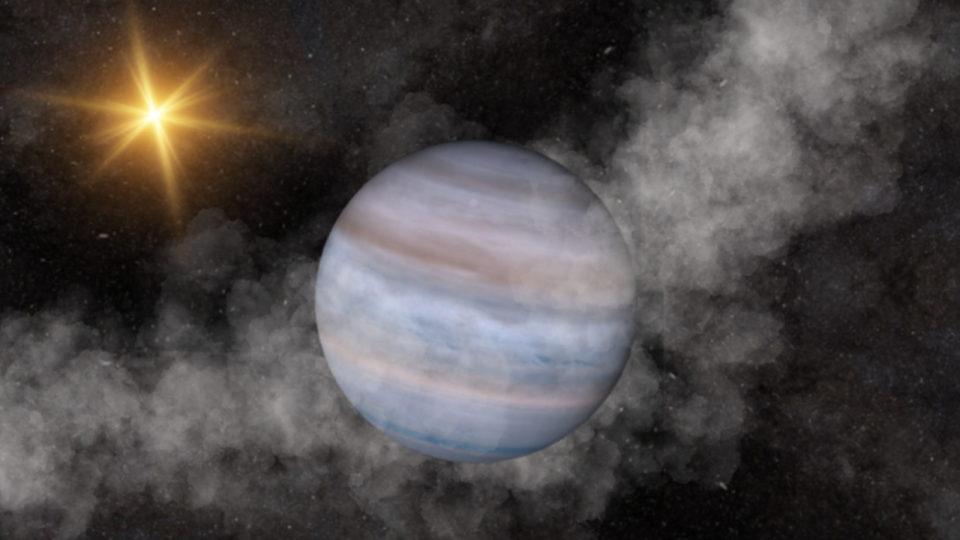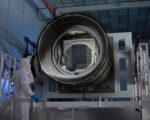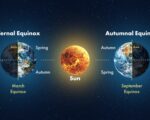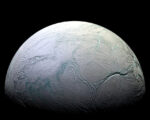Recent research on PDS 70b, a young exoplanet situated about 400 light-years away in the Centaurus constellation, has prompted a reevaluation of our current understanding of planet formation. In a study published in Astrophysical Journal Letters, astronomers discovered a significant chemical mismatch between the planet’s atmosphere and the protoplanetary disk it formed from. This finding challenges the conventional models of how planets develop their mass and chemical composition over time, suggesting that our theories may need substantial revision.
PDS 70b, a gas giant nearly three times the size of Jupiter, resides in a two-planet system orbiting its host star at a distance comparable to Uranus’s orbit in our solar system. Researchers believe the planet has been in the process of accumulating material for around 5 million years, possibly nearing the final stages of its formation. Observations made with the Keck II telescope in Hawaii allowed scientists to analyze the planet’s atmosphere, looking for key elements like carbon monoxide and water vapor. These elements are vital in determining the planet’s chemical makeup and provide insights into how it came to be.
The research revealed a surprising discrepancy in the levels of carbon and oxygen in PDS 70b’s atmosphere, which were significantly lower than what current models would predict. This unexpected result has led to questions about the accuracy of existing theories. Dr. Chih-Chun Hsu, a postdoctoral researcher at Northwestern University and the study’s lead author, emphasized that the findings suggest the existing models might be oversimplified, overlooking crucial factors in planetary formation processes.
The discrepancy in PDS 70b’s chemical composition could have broad implications for the field of planetary science. It challenges the way scientists understand the processes that govern planet formation, particularly the mechanisms by which a planet gathers and incorporates elements from its surrounding environment. This new research opens up exciting possibilities for future investigations into planetary systems, especially those that are still in the early stages of development, and could lead to revised models that better account for the complexities of planet formation.

















